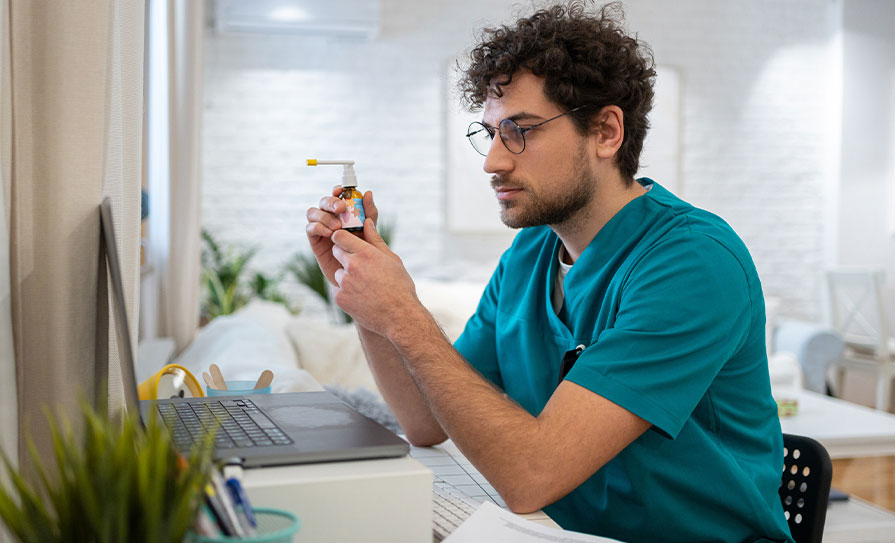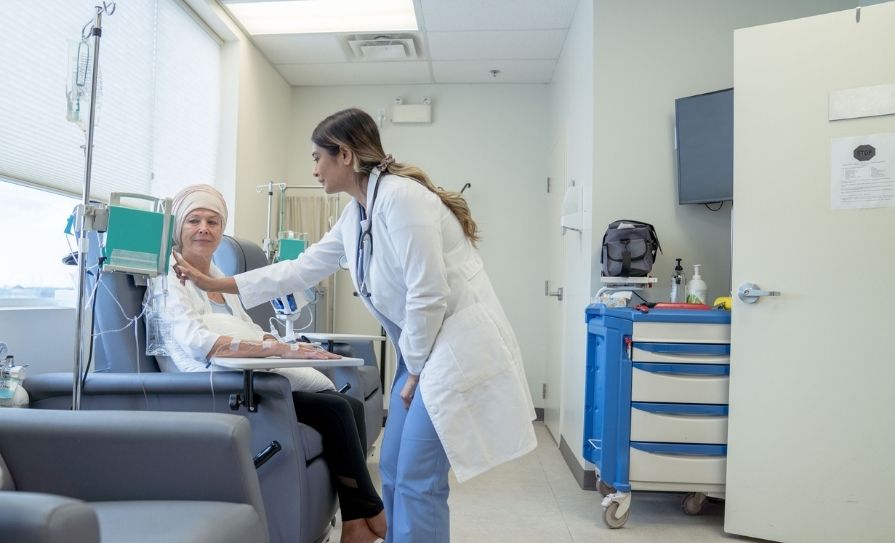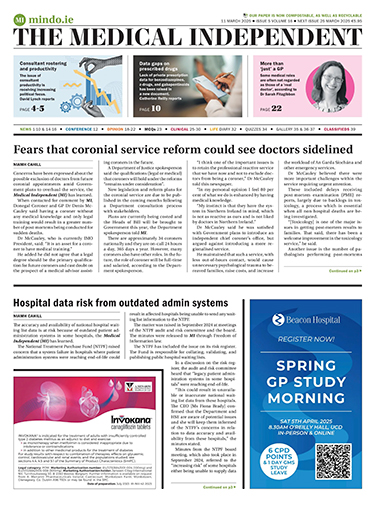A drafting group for a new national sexual health strategy has been established with a view to finalising the document by the end of this year, according to the Department of Health.
The group met for the first time in May and will consider the views of stakeholders and the findings of a Department-commissioned review of the National Sexual Health Strategy 2015–2020.
Notifications of a number of sexually transmitted infections (STIs) have been increasing.
Between 2019 and 2022, rates of gonorrhoea, chlamydia, and early infectious syphilis rose by 45 per cent, 20 per cent, and 14 per cent, respectively, according to the HSE. Gay, bisexual, and other men who have sex with men, and younger people aged up to 24 years, are the cohorts most affected by STIs.
“There are a number of factors likely contributing to the increases seen in 2022 including a return to normal social interaction after Covid-19 pandemic restrictions were lifted and improved access to STI testing with the roll-out of the national home STI testing service,” stated a HSE spokesperson.
In 2022, nearly 57,000 free home STI tests were completed, with 4,121 cases of chlamydia and 933 cases of gonorrhoea identified. This accounted for approximately 38 per cent and 23 per cent of the notifications for these infections respectively, estimated the HSE.
“The significant increase in gonorrhoea notifications, particularly in younger people aged 15-to-24 years, is currently being examined to understand the factors leading to this increase and ensure that measures to improve sexual health outcomes in younger people are in place,” added the spokesperson.
See news feature – Responding to rising STIs – Medical Independent













Leave a Reply
You must be logged in to post a comment.